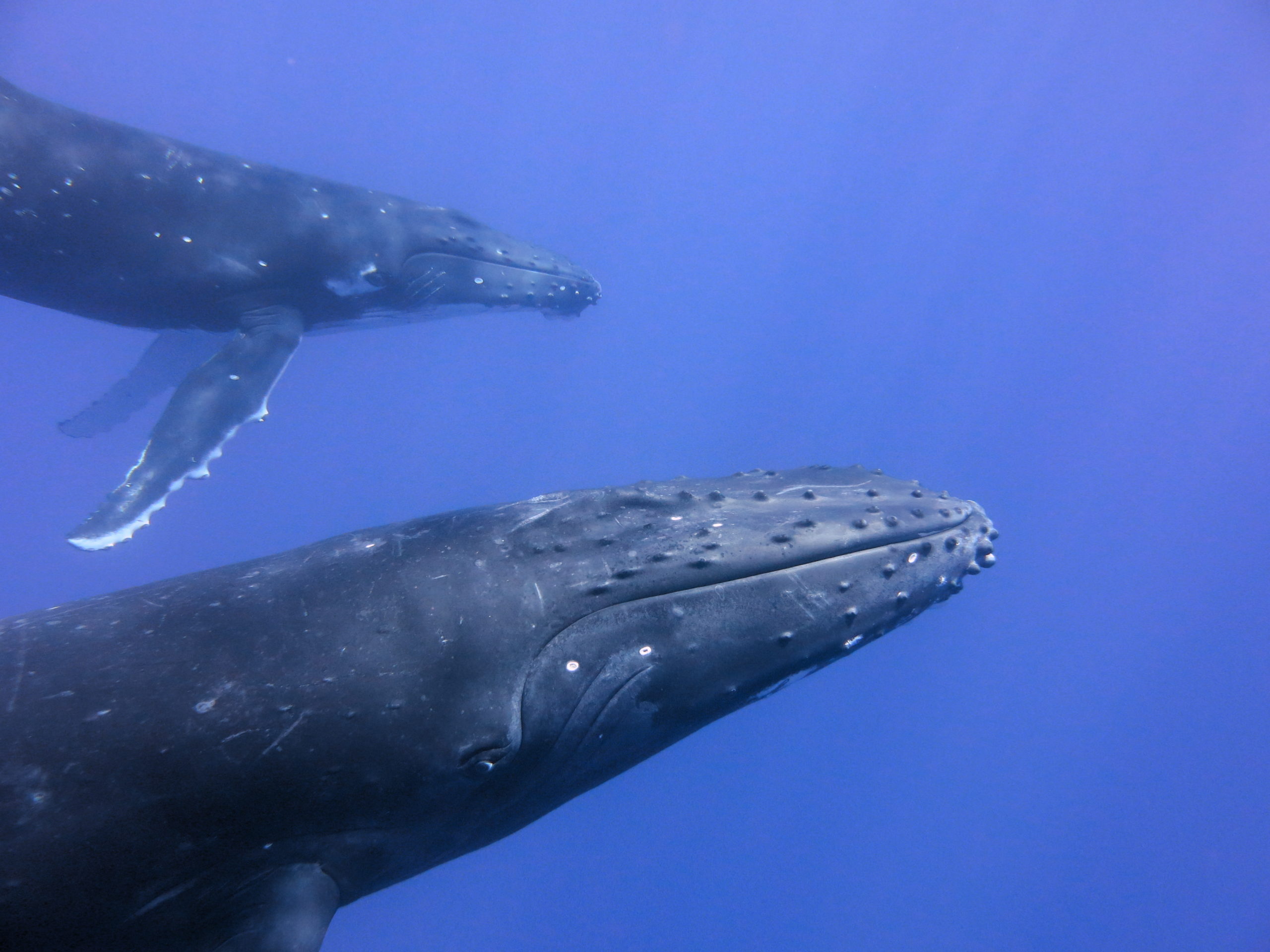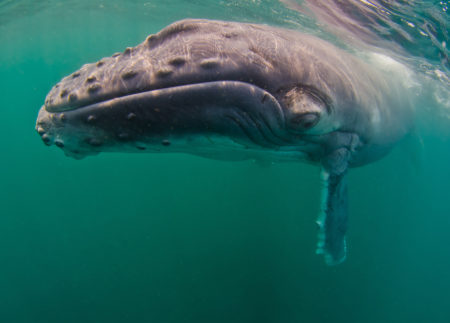KEY QUESTIONS
- Can changes be made in tags or attachment methods that will improve our ability to measure the effects of E&P industry sound on animals?

SUMMARY
Animal-borne instruments used in a previous study on the effects of airguns on whale behaviour (the 2002-2008, $9M, Sperm Whale Seismic Study in the Gulf of Mexico) could not measure both diving behaviour and exact location. The Industry Research Funders Coalition paid for the development of a Time-Depth Recorder that had this dual capability, intending it for use in a possible follow-up to SWSS. When the JIP outlined its key questions in 2006, such a whale study was implied by Key question number 10 (Tier 1). As a lead-up to conducting this study, the JIP funded the field testing of the tag IRFC had commissioned.
Objectives and methods
The objectives of this project were to field test the location function of the new instrument, and to verify that it would function over a 60 day deployment. Field trials in 2007 and 2008 failed due to two different engineering problems. After both errors were addressed, the contract was extended, and a 2011 field effort was held to complete the original objectives.
In 2011, one of the engineering problems persisted (the automatic release mechanism failed) and 10 of the 11 instruments were not recovered. Nevertheless, all 11 sent data to the ARGOS satellite for an average of 25 days each before the 10 were lost. These data show that the combination of GPS plus Time-Depth recorder works, as does a new 3D accelerometer. The locations obtained by satellite allow ground-truth estimates of the accuracy of ARGOS locations alone. The one 2011 instrument that was recovered had a 40-day deployment. Therefore, the 60 day deployment time still has yet to be fully verified. The problems encountered by this project are typical during new tag development.
Scientific results
See Figure 2A of the July 29, 2009 report.
Implications to industry
This project has produced a tag for sperm whales that combines good dive data with accurate locations, a combination that is essential in measuring the effect of seismic operations on sperm whale movements. Because the tag is large and intended for very long deployments, it is not suitable for small animals and may be overkill for very short deployments for which other tag designs are available.
Future research
The release mechanism of this tag still needs re-design and field testing for the system to be research-ready.
Links to other research
This study is linked to the ongoing behavioural study of humpback whale responses to airguns in Australia, and to the tag development workshop reported by SMRU.
Next steps
Correcting the release mechanism seems to be feasible. In the event that another study on the effects of seismic operations on sperm whales is desirable, this tag would likely be chosen as the key instrument. It is also available for research on any other species of large whale.
Institution(s)/PI(s)
Oregon State University, USA


